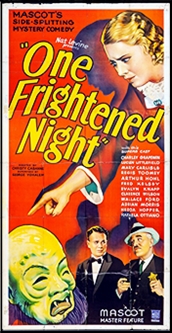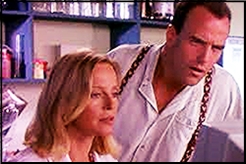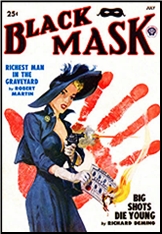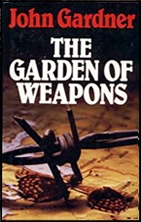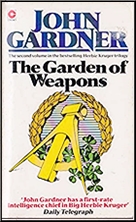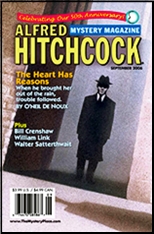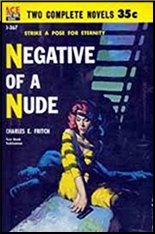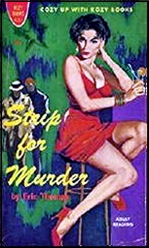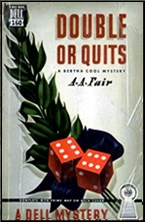Wed 27 May 2020
A Movie Review by Dan Stumpf: ONE FRIGHTENED NIGHT (1935).
Posted by Steve under Mystery movies , Reviews[4] Comments
REVIEWED BY DAN STUMPF:
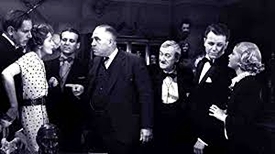
ONE FRIGHTENED NIGHT. Mascot, 1935. Charley Grapewin, Mary Carlisle, Arthur Hohl, Wally Ford, Lucian Littlefield, Regis Toomey, Hedda Hopper. Screenplay by Wellyn Totman, based on a story by Stuart Palmer. Director: Christy Cabanne.
I don’t want to wax too passionate about the virtues of One Frightened Night, a cheap old-dark-house thing from a studio that died of penury, filled with bad dialogue, tired acting, and no pace whatsoever. And yet…
Night starts off with imaginative title credits, worthy of Sam Bass (B-movie makers knew the value of wrapping even the direst offerings in fancy wrap) and proceeds to ring in some changes on the standard formula. Charles Grapewin (Uncle Henry in Wizard of Oz) stars as Jasper Whyte, a reclusive millionaire who kicks things off by announcing plans to distribute his wealth, Lear-like, before his death, to his greedy relatives gathered for the occasion in his creepy mansion on a dark/stormy etc. But there’s a hitch: he tells everyone they wouldn’t get any of it if he had only been able to find his long-lost grand-daughter.
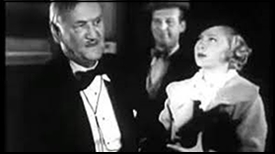
This is normally the sort of set-up that would put him dead on the library carpet late in the first reel, but writer Stuart Palmer throws things about a bit: just before Midnight (when the bequests were to be made) Jasper’s lawyer shows up with the missing heiress. Then “The Great Luvalle” a creaky vaudeville magician played by Wallace Ford, arrives with another woman claiming to be the missing grand-daughter. In short order one of them turns up dead, and Jasper, who started off the film looking like the most-likely victim is thrust into the role of amateur detective.
I’d like to say the film lives up to this charming premise, but the fact is, it just sort of plods along, with tired dialogue, annoying complications, and humor that could set comedy back fifty years. On the other hand, Grapewin delights in playing a lead, Wallace Ford is suitably brassy as the obvious charlatan, and together they inject enough energy into things to make One Frightened Night worth sitting through. To me, anyway.
